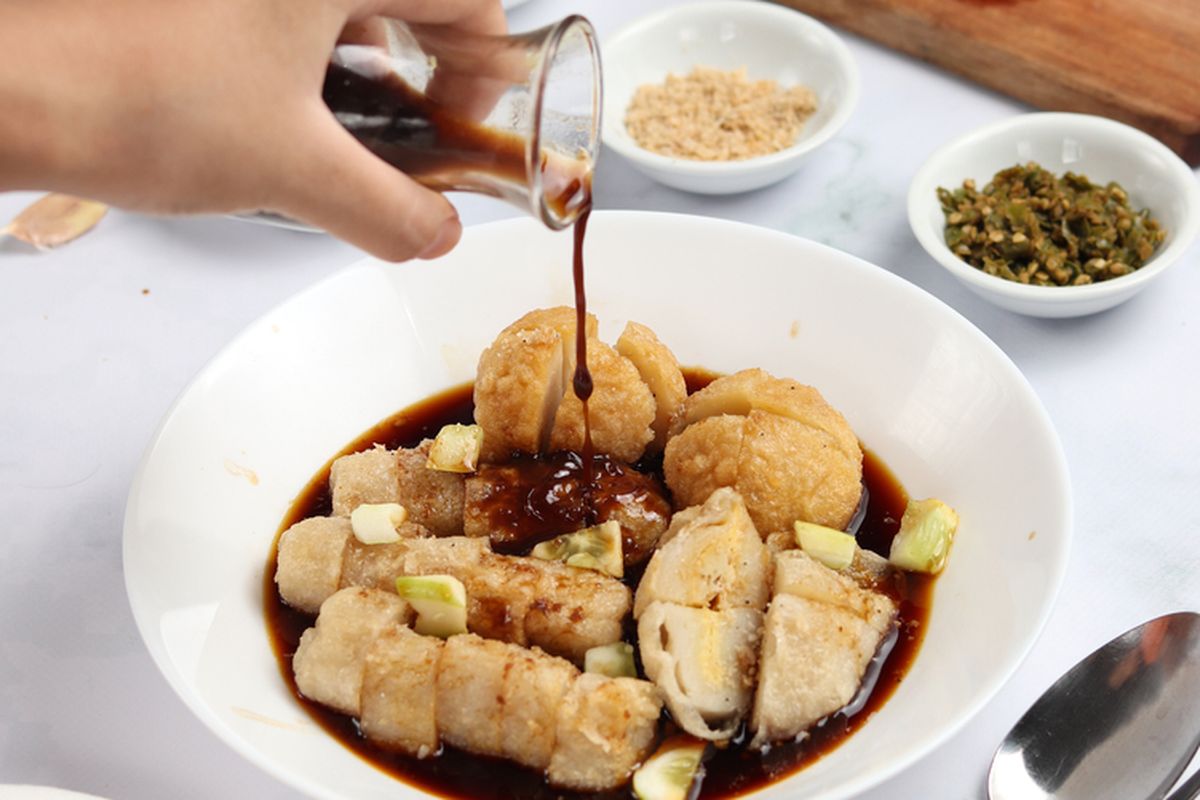Indonesia, a nation rich in cultural diversity, boasts an equally vibrant culinary heritage that has captured the attention of the global community. Among its many treasures, five traditional dishes have been officially recognized as Intangible Cultural Heritage by UNESCO, highlighting the significance of these foods not just as sustenance but as vital expressions of Indonesian identity. These culinary traditions, deeply rooted in history and culture, are more than just meals—they are stories, rituals, and symbols of the nation’s collective memory.
The Importance of UNESCO Recognition
UNESCO, the United Nations Educational, Scientific and Cultural Organization, plays a crucial role in safeguarding cultural heritage around the world. By recognizing certain practices, traditions, and artifacts, UNESCO ensures their preservation for future generations. In the case of Indonesian cuisine, this recognition underscores the unique ways in which food is intertwined with social customs, religious beliefs, and regional identities. These five dishes—rendang, pempek, nasi goreng, lumpia, and bubur ayam—are not only beloved by Indonesians but also serve as ambassadors of the country’s rich cultural tapestry.
Rendang: A Symbol of Tradition and Taste

Rendang, a slow-cooked meat dish originating from West Sumatra, is one of the most iconic examples of Indonesia’s culinary excellence. Made with coconut milk, spices, and beef or chicken, rendang is known for its deep, complex flavors and long cooking process. It is often prepared during significant events such as weddings, festivals, and religious ceremonies, symbolizing prosperity and celebration.
The dish was officially inscribed on UNESCO’s Representative List of the Intangible Cultural Heritage of Humanity in 2013. This recognition not only highlights its cultural value but also ensures its protection against being commercialized or misrepresented. Rendang’s ability to withstand storage without refrigeration, combined with its rich flavor, makes it a favorite among both locals and international food enthusiasts.
Pempek: A Delicacy from Palembang

Pempek, a beloved snack from Palembang in South Sumatra, is another UNESCO-recognized dish that showcases the region’s culinary ingenuity. Made from fish paste and various fillings such as vegetables, eggs, or shrimp, pempek is typically served with a tangy, sweet, and spicy sauce called cuko. Its chewy texture and bold flavors make it a staple in local cuisine.
Pempek has been part of South Sumatran culture for centuries, often associated with communal gatherings and festive occasions. The dish’s inclusion in UNESCO’s list emphasizes its role in preserving the region’s cultural identity and culinary traditions.
Nasi Goreng: The National Dish of Indonesia

Nasi Goreng, or fried rice, is a dish that has transcended its origins to become a global favorite. While it may seem simple, nasi goreng is a reflection of Indonesia’s diverse influences, incorporating elements from Chinese, Malay, and Javanese cuisines. It is made by stir-frying leftover rice with soy sauce, vegetables, and proteins like chicken, egg, or shrimp.
In 2011, nasi goreng was featured in CNN International’s “World’s 50 Most Delicious Foods,” further cementing its status as a must-try dish. Beyond its popularity, nasi goreng holds a special place in Indonesian culture, often served at family gatherings and as a comfort food for many.
Lumpia: A Fusion of Flavors

Lumpia, a crispy spring roll originating from Semarang, Central Java, is another UNESCO-recognized delicacy. Traditionally filled with a mix of vegetables, meat, and sometimes seafood, lumpia is a testament to the blending of indigenous and Chinese culinary influences in Indonesia.
The dish, known as lun pia in Chinese, has evolved over time to reflect local tastes and ingredients. Its widespread popularity across Indonesia and abroad has made it a symbol of the country’s culinary adaptability and creativity.
Bubur Ayam: A Comforting Breakfast Staple
Bubur ayam, a savory chicken porridge, is a traditional breakfast dish enjoyed by many Indonesians. Made with rice, chicken broth, and various toppings like fried shallots, boiled eggs, and herbs, bubur ayam is a comforting and nourishing meal that reflects the simplicity and warmth of Indonesian home cooking.
Although not yet officially listed by UNESCO, bubur ayam is widely regarded as a national dish and is an integral part of daily life in many regions. Its humble nature and universal appeal make it a cherished part of Indonesia’s culinary landscape.
The Role of Culinary Heritage in National Identity
The recognition of these dishes by UNESCO is more than just a nod to their taste—it is a celebration of Indonesia’s cultural resilience and diversity. These foods are not only about flavor; they are about storytelling, tradition, and the shared experiences of communities across the archipelago.
As Indonesia continues to grow and modernize, preserving its culinary heritage becomes increasingly important. Efforts to promote and protect these traditional dishes ensure that future generations can continue to enjoy and appreciate the richness of their cultural roots.
Conclusion
Indonesia’s culinary heritage is a vibrant and essential part of its national identity. From the slow-cooked richness of rendang to the crispy delight of lumpia, each dish tells a story of history, culture, and community. UNESCO’s recognition of these foods serves as a reminder of their value—not just as meals, but as living testaments to the nation’s enduring legacy.
By embracing and promoting these culinary traditions, Indonesia can continue to share its unique flavors with the world while safeguarding its cultural heritage for generations to come.





